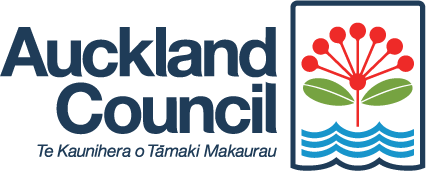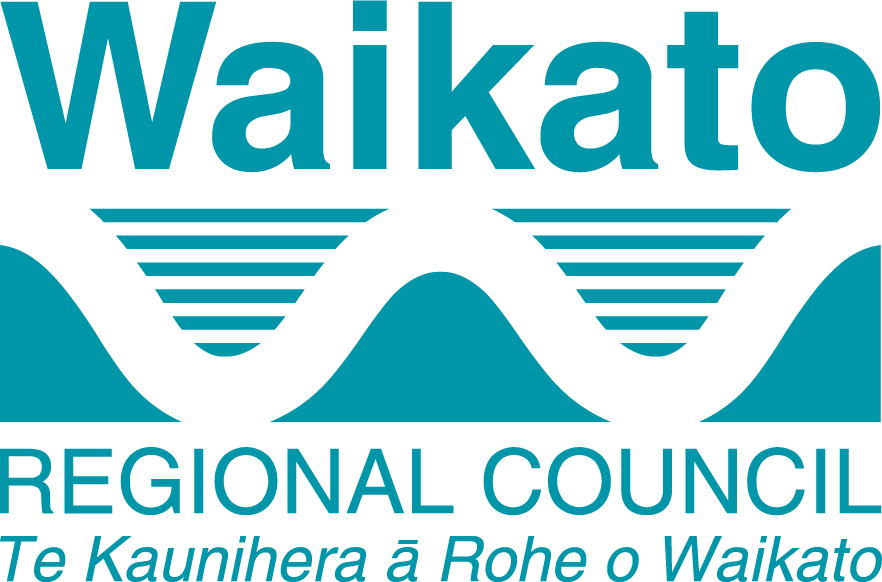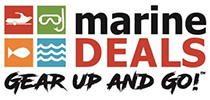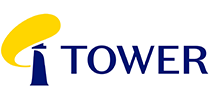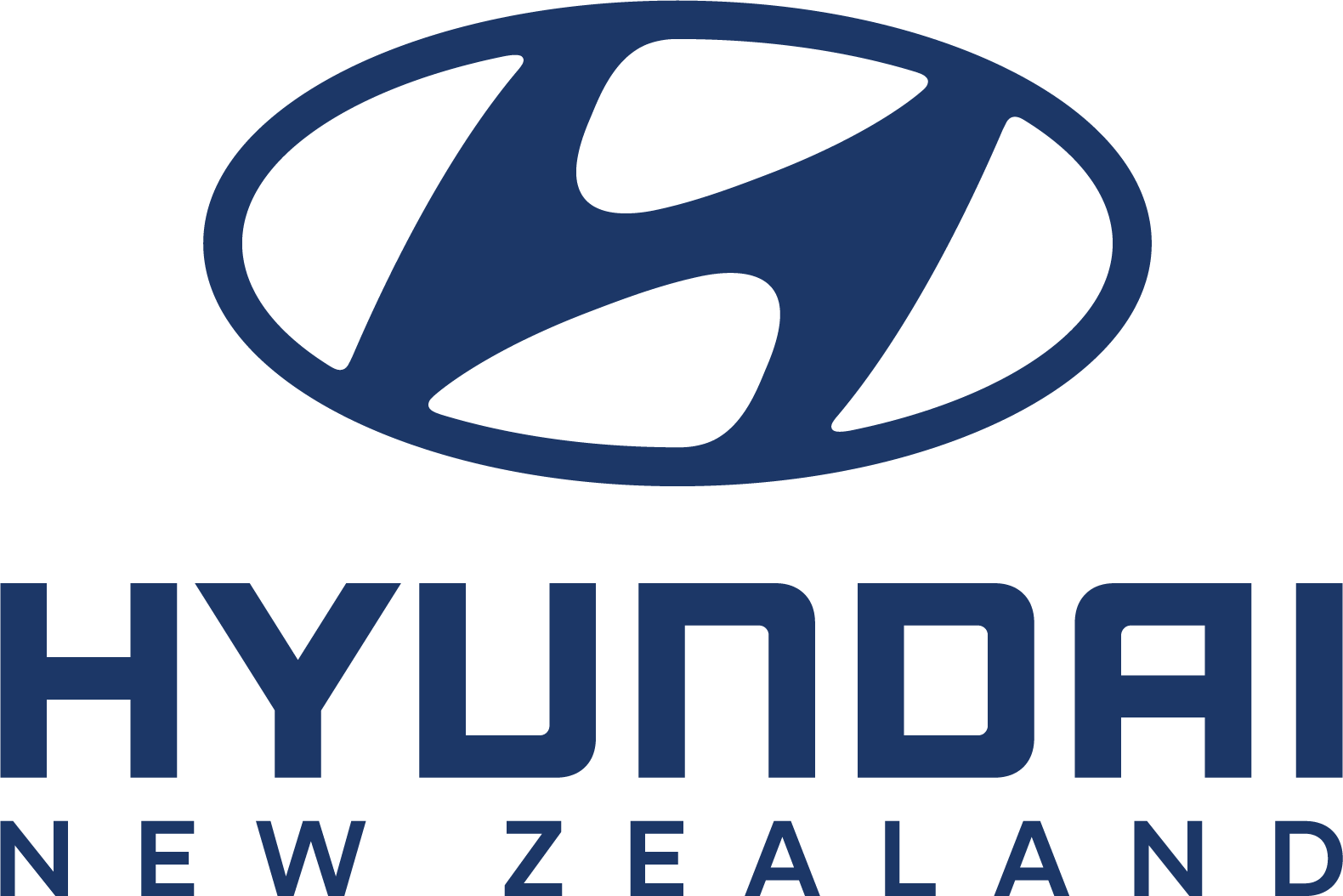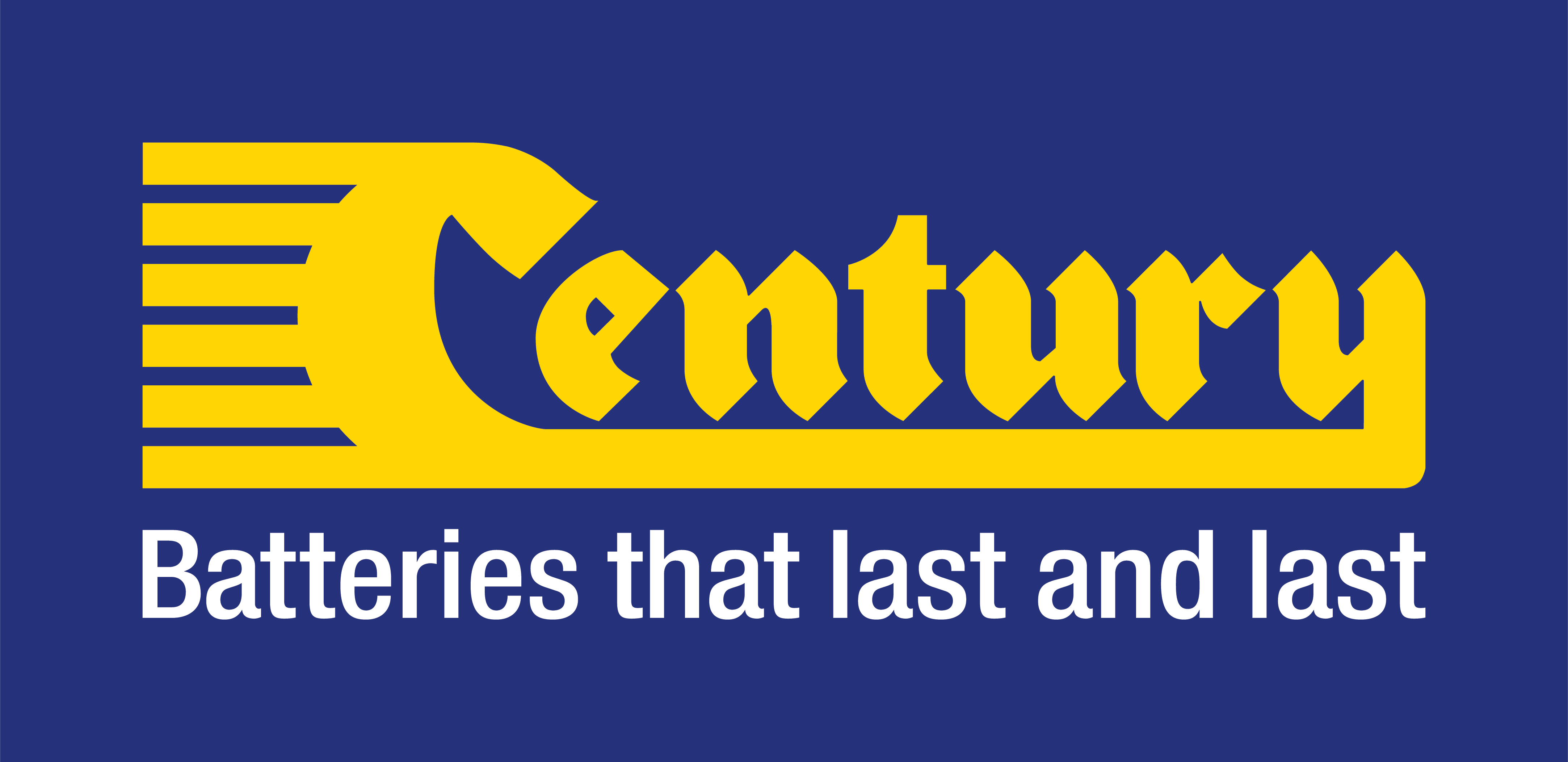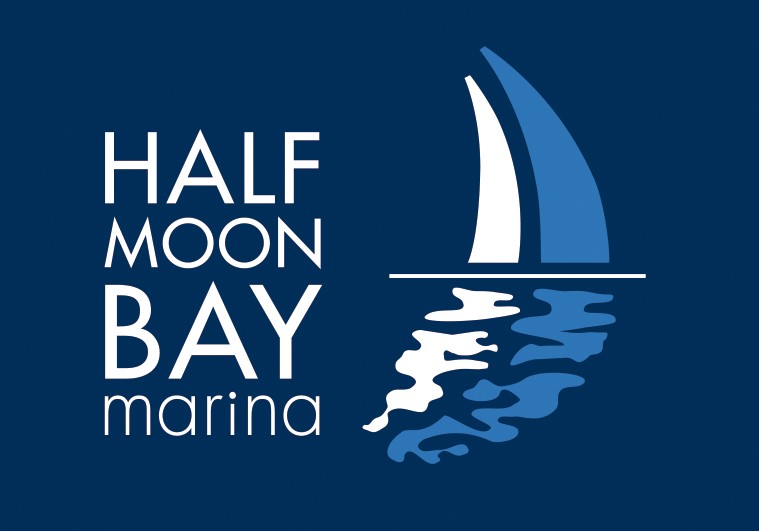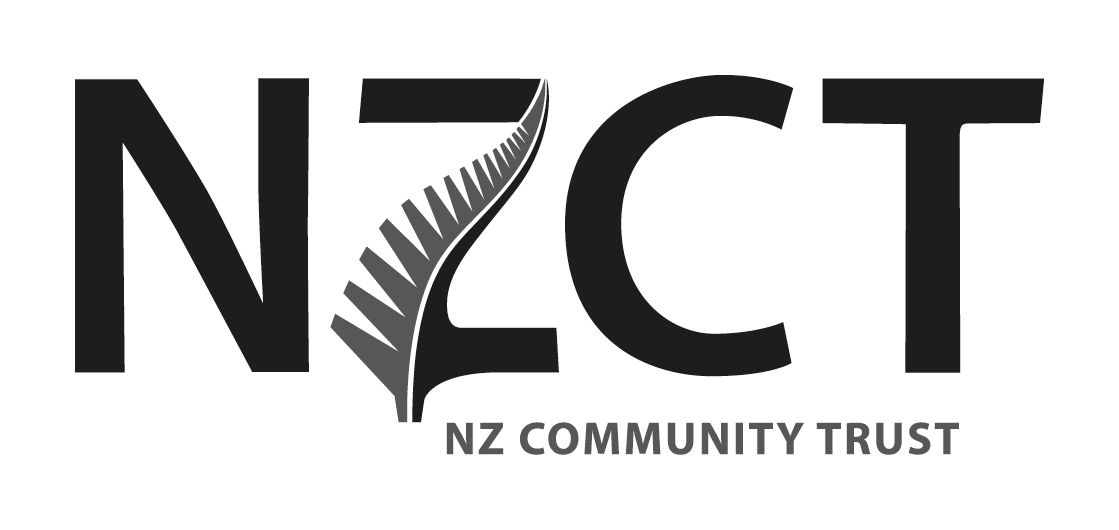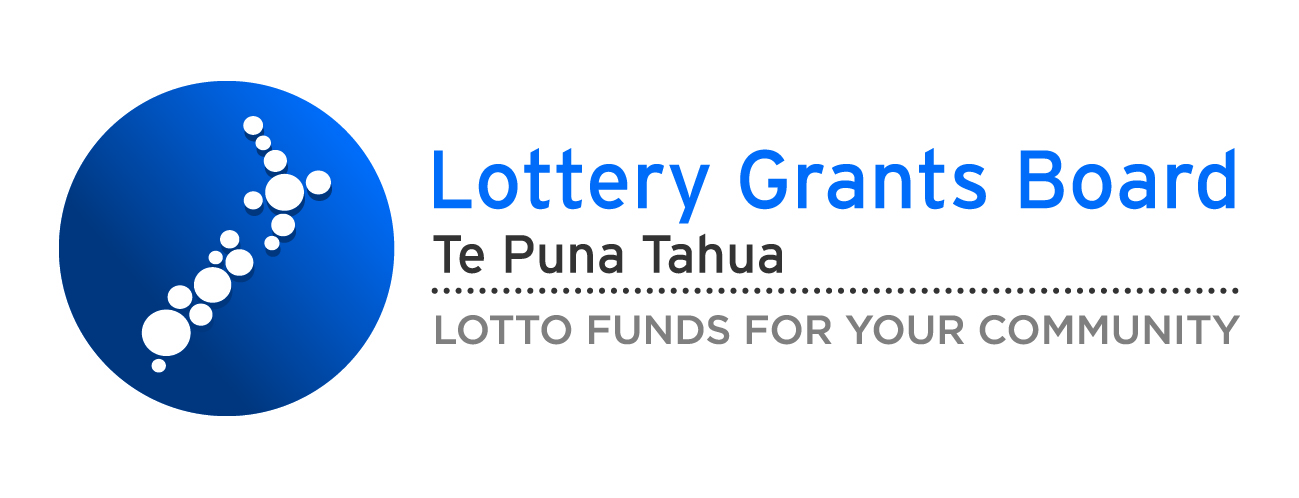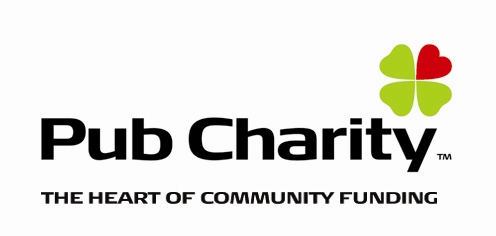Our History
Coastguard is a national organisation with a local focus and our roots are in the community.
In the beginning
In the late 19th century, with communities growing at a rapid rate, recreational boaties became concerned by the lack of marine safety measures in their community. Passionate locals, using whatever boats were available, started establishing independent rescue services in their areas as they were determined to either prevent a maritime tragedy, or ensure that another did not occur.
The first Coastguard presence in New Zealand
In October 1861, the first recorded report of a lifeboat being used appeared in the Lyttleton Times. The first official lifeboat was ordered by the Canterbury Provincial Secretary in June 1862 and two years later it arrived and was stationed at Timaru. It served off the Canterbury coast for 20 years.
The first permanent rescue service was established at Sumner in 1898 and the Sumner Lifeboat Institute is still saving lives over 100 years later, as Coastguard Sumner Lifeboat.
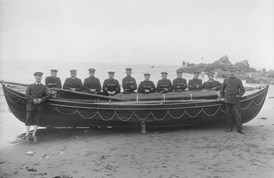
Sumner Lifeboat Institute in their early days.
Over the years, further rescue organisations were established throughout the country, all independently run by committed local volunteers. The biggest of these is Coastguard Auckland, established in 1935 and currently comprised of over 170 volunteers.
New Zealand Coastguard Federation (1976-Present)
Tragic events such as the 1968 Wahine disaster showed that there was a desperate need to get organised nationally. Volunteers decided to share resources, learn from each other and work together, and in 1976, they formally came together under one flag, to form what is now known as the Royal New Zealand Coastguard.
By 1976, locals had been volunteering out of the kindness of their hearts and knew their marine environment like the backs of their hands. However, funding and training volunteers was always a key challenge. Uniting under a national flag meant new units received much more support as they set up their operations. This resulted in a dramatic increase in new lifesaving services around the country.
Over forty years, Coastguard has developed into a truly national search and rescue service, with volunteers on standby in many popular boating locations.
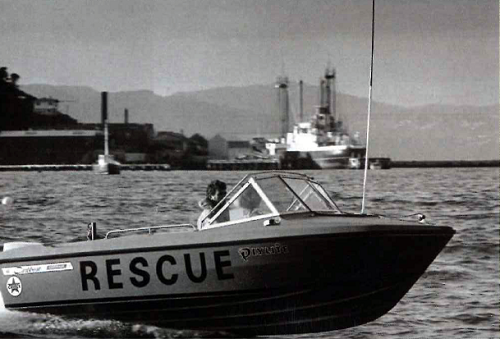
Wellington Sea Rescue Service in 1968 – Wellington’s first ever rescue boat.
1979: The start of an explosion in boating courses
Right from the beginning, Coastguard volunteers recognised that they and their rescue boats were the ambulances at the bottom of the cliff. The ideal situation would be that boaties didn’t get into trouble in the first place. So, from the early days, education and training have been part of the services that Coastguard units offer.
The formation of a national body in 1976 saw a dramatic increase in the number of boaties taking Coastguard courses. In 1986, 500 - 600 boaties took Coastguard courses; by 2016 almost 10,000 were doing so!
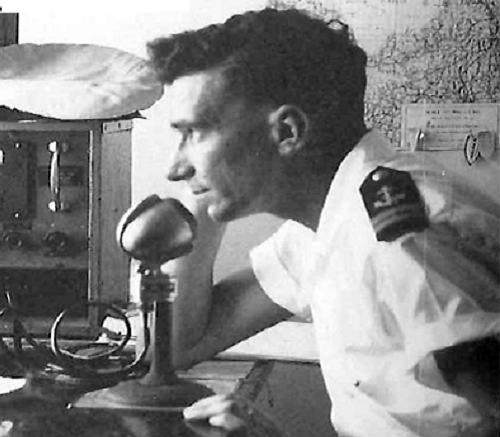
A radio operator talking to skippers and crew out on their boats in 1956.
1980s: Radio communications play a key role in saving lives at sea
Radio communications have become increasingly important for search and rescue organisations, to keep in contact both with recreational boats and with other rescue craft. But during the 1980s, many Coastguard volunteers were still running radio communications from their houses, listening through the night at home. Technology in the communications room has changed hugely and it is now, apart from defence organisations, one of the best set-ups in the southern hemisphere.
In 1985 we became the Royal New Zealand Coastguard Federation when King Charles became our patron.
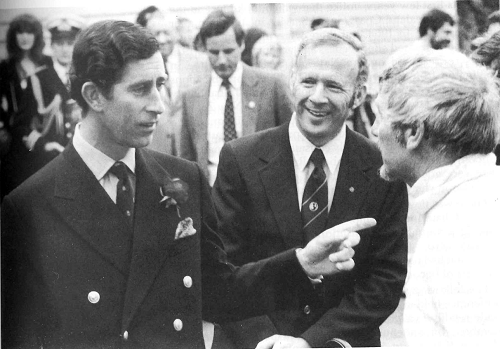
King Charles on his second royal visit to New Zealand in 1981.
1991: The launch of Coastguard’s eyes in the sky
In March 1991 the first Coastguard Air Patrol took off to help with search and rescue from the skies. It meant survivors could be located faster.
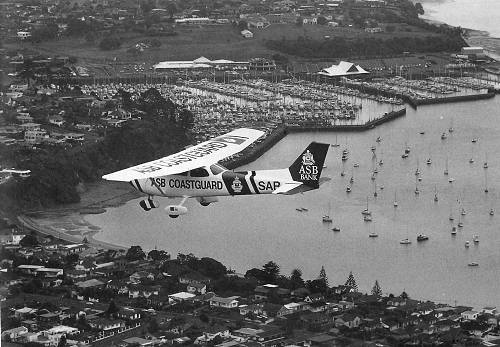
Coastguard’s first air patrol taking flight in 1991.
1992: Broadcasting current weather conditions
In 1992 we launched the Nowcasting service. Rather than simply broadcasting a forecast, recording instruments were set up on several points in the Auckland Harbour, constantly transmitting current weather data to boaties. Today there are a network of weather stations across New Zealand, a service Coastguard provides to help keep boaties safe at sea. Now it's even easier for boaties to access current weather and tide information, as the Nowcasting service is available as an app to easily download onto a phone.
To this day: Public support is still vital
Two things have not changed in the course of our history. Firstly, our search and rescue services have always been run by committed volunteers. Secondly, we have always been reliant on your generosity to save lives at sea.
Your support provides vital funding to keep volunteers equipped, trained, and ready to save lives at sea. You are vital to our success story. Thank you for your support!

